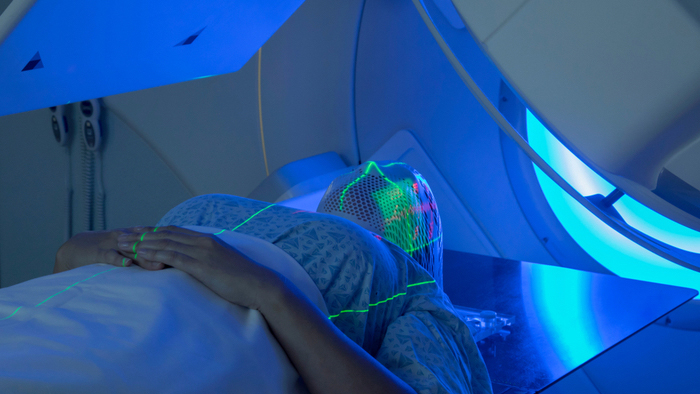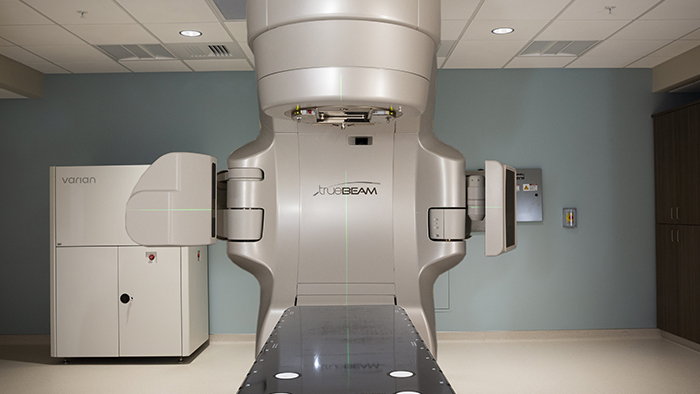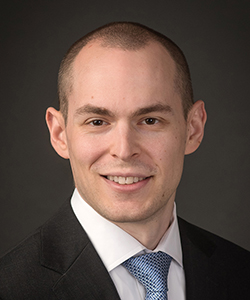On the day of your first treatment, you will be positioned using an immobilization device on the treatment table.
The linear accelerator will then take a miniature CT scan of the treatment region using on board imaging, and the images will be superimposed on your simulation CT scan.
Depending on your diagnosis, the actual treatment length varies from five to 60 minutes to complete. You will not feel anything during the treatment, but you will see the treatment machine rotate around you while it is taking images or delivering the treatment.
During the treatment, the high-energy linear accelerator will deliver a radiation plan that has been predetermined by the radiation oncologist, and has been customized for your anatomy. This process will be repeated for every one of your treatments to assure the greatest precision and accuracy. Your radiation therapists lead this process.
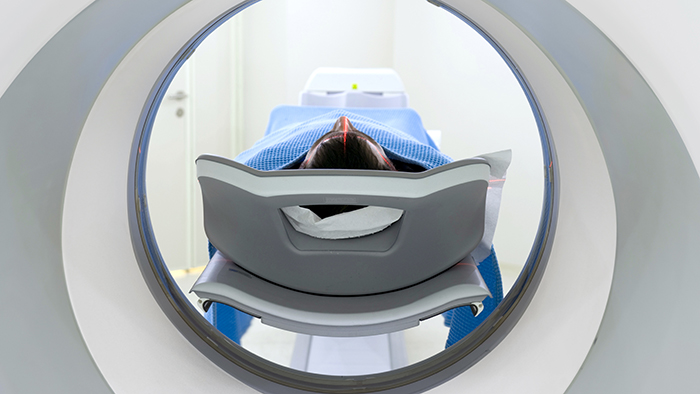
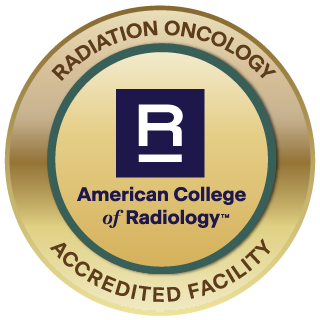 HSHS St. Elizabeth's Radiation Oncology department has been awarded a prestigious three-year accreditation by the
HSHS St. Elizabeth's Radiation Oncology department has been awarded a prestigious three-year accreditation by the 